- 24 HOUR EMERGENCY SERVICE
- (509) 487-HEAT
9 Things to Check Before Calling Furnace Repair Professionals
You can’t afford to have a broken furnace in your home – especially during the cold winter months. What do you do if your furnace does break or simply doesn’t provide enough heat to keep your comfortable in your cool Spokane home? Below are 9 quick pointers to check out before deciding on calling furnace repair services in Spokane, WA. These helpful tips can save you time and money. That way you’re not making a big expense of having a simple problem that could be easily resolved without an HVAC repair company making a service call to your home.
1. Check your thermostat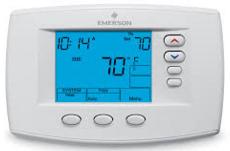
This one sounds too obvious, but believe it or not, a lot of home owners have made the naïve mistake of having the wrong thermostat settings on their gas furnace. Be sure that your furnace’s thermostat is set to HEAT. This is the very first thing you should look for when attempting to troubleshoot it on your own. Many times, the setting can be moved or changed accidentally – when you’re cleaning around the house, for instance.
Also, keep in mind to set the thermostat to a temperature that will turn on the furnace. It will take about a minute for the fan to turn on and the heat to kick in. If it hasn’t turned on for a while, turn it up to 90 degrees. This will make sure it wouldn’t keep turning on and off during troubleshooting.
You might be surprised how many times that simply replacing your thermostat can solve this problem. Lucky enough for you, Air Design sells, services, and installs new thermostats. Check out our thermostat page for more information.
2. Check for filter issues
Failures related to the filter are among the most common furnace issues, mostly because home owners often forget about it. A filter is designed to clean the air that goes into the furnace and the heated air that goes into the house. If it is clogged or dirty, airflow is compromised, which leads to pressure and heat build-up in the furnace.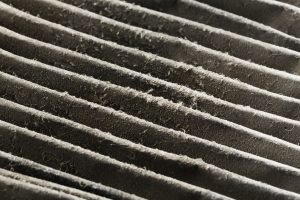
Today, a lot of new furnace models are more efficient and sensitive to this problem – they will automatically shut down before too much dirt has accumulated, thus prompting you to get it cleaned. Older furnaces, however, will keep on working – but with significantly less heat production and limited efficiency.
So how can you verify if this is your furnace’s problem? First off, you need to assess the filter for obvious dirt accumulation. Don’t skimp on cheap filters – these are often treated with a type of oil that accumulates even more dirt. Soon enough, they become too saturated to be useful at all.
Secondly, you can check for filter damage by listening to it while the furnace is on. If you hear a “whistle”, there is probably something wrong. Once the furnace doesn’t get enough air coming in through the filter, the air is pulled in through whatever opening it can find.
PRO TIP: You need to change your furnace filters every 30-60 days (depending on how dirty the air is) – this is very important in maintaining your furnace on top shape.
3. Check your batteries
In most furnace models, the thermostats have been wired to the home’s electrical system. However, some furnaces use batteries instead. Find out how your furnace is powered. If you use batteries, check for a low-battery indicator (this typically flashes if they need changing). In a lot of cases, no furnace repair is needed at all – just a battery change will do.
4. Check for power issues
In relation to step #3, if your furnace is running on electricity, check for the thermostat’s fan switch. This usually says “ON” or “AUTO”. The AUTO setting signifies that the fan will turn on as soon as the furnace is turned on. Troubleshoot by turning the switch to ON – if the fan turns on, then you can rule out any issues related to power and move on to the other steps.
5. Check the circuit breaker
If at this point, you still haven’t found what the problem is, the next place to look is in your home’s breaker panel. Check for the circuit which controls your furnace. Look if it’s in the OFF position or if the switch is in the middle. In some home panels, you can see that the switch shows red.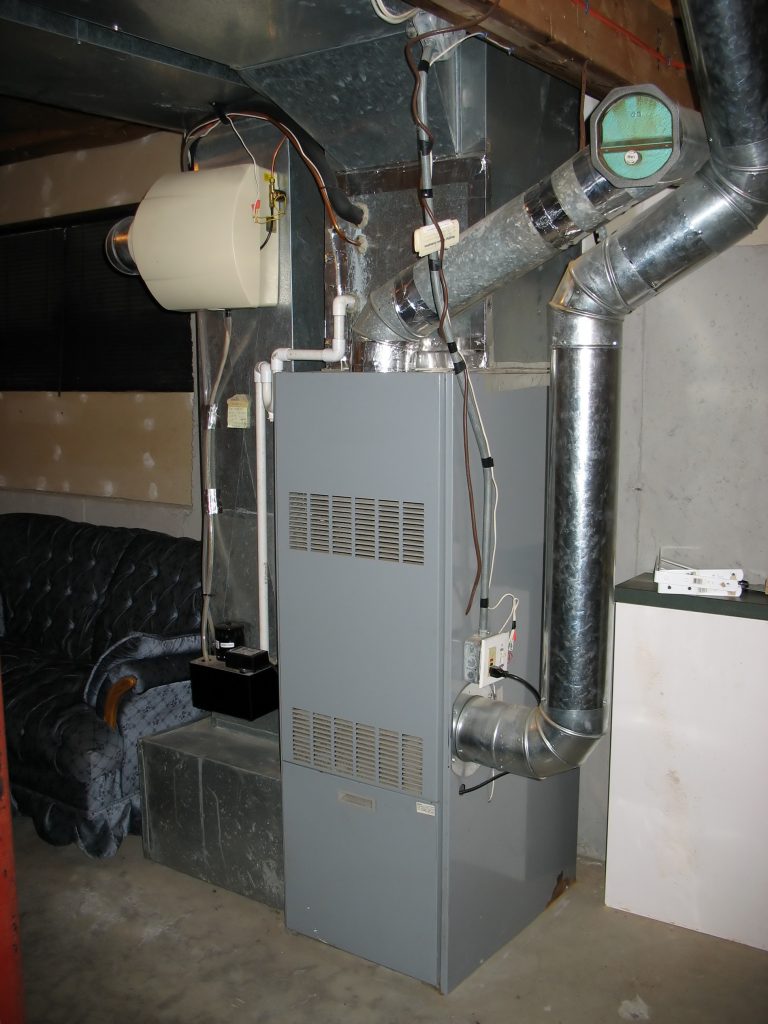
In too many a case, electricians do a bad job at the proper labelling of your home’s appliances. If you don’t see the furnace listed down, look for the switch that looks like it’s in a different position than the others. Troubleshoot by turning it all the way off, and then turning it back on.
6. Check for the “other” switch
Keep in mind that furnaces usually have another switch – aptly called the furnace switch. This is a power switch that resembles your typical light switch. You can find it on the unit itself or on a nearby wall. This switch is often unlabelled. If it has been installed properly, if the switch is in the “up” position then it should be ON. The sad thing is, in more cases than you’d like, this switch can be improperly installed and turned off by accident – or it can simply be mistaken as a light switch. Go ahead and turn it on – give it a couple of minutes – and see if the furnace comes to life.
7. Check the code
Really old furnaces (circa 1990s) usually have small windows where you can see a light coming through. This light indicates if the furnace is powered or not. It often flashes a “code” to let you know what exactly is going on. Read more here about what those codes can mean.
Note the sequence of this flashing light after you’ve turned the furnace switch off and then on. Next, open the access panels of the 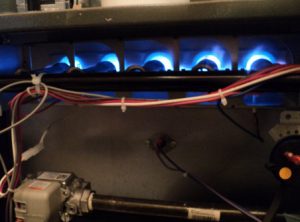 furnace – there are typically two of them. You will find a key inside one. This contains a “legend” of what the code means. This can give helpful information to you – or to a furnace repair technician, should you need professional help later on.
furnace – there are typically two of them. You will find a key inside one. This contains a “legend” of what the code means. This can give helpful information to you – or to a furnace repair technician, should you need professional help later on.
8. Check the pilot light
Older furnaces have “pilot lights” and often have instructions in the owner’s manual on lighting and relighting them. You should be able to do this on your own without a problem. However, if you’re uncomfortable dealing with fire, it’s best to take the back seat and let expert the furnace repair company do the job for yo
9. Check the gas valve
If you’ve gotten this far and still haven’t found the problem, you’re probably getting a little antsy. Know that this is the last troubleshooting step for you to do. Check if the gas valve is turned on or off. There’s a gas cock found within six feet of the gas furnace. This is rarely touched, but check for it anyway. If your home has more than one gas appliance, check if they are working. If they’re functioning well, then you are at least certain that the gas line is not the problem.
Now It’s Time to Call in the Cavalry – The HVAC Repair Company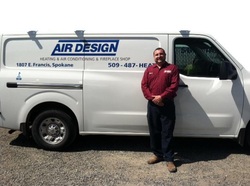
The main rule to keep in mind: As soon as you feel uncomfortable doing the troubleshooting on your own, it’s time to bring in the professionals. There are a lot of expert furnace repair servicemen in Spokane, and they’d be more than happy to take the troubleshooting burden off your hands. Check your local furnace repair Spokane services to get your heat back on in no time.
Regular Maintenance and Care
Keep in mind, though, that prevention is better than cure – especially for gas furnaces. Ideally, you need to have a routine check-up of your heating equipment at least twice in a year (in spring, for your air conditioning, and in autumn, for your furnace). Regular assessment will make sure your home systems are in top shape.
Maintenance costs are relatively affordable – and are significantly less expensive than having to get repairs once they’re damaged due to lack of care. The furnace technician should be able to get a good picture of your heating system, oil your motors, do some safety runs, and clean out the furnace flame rod – all of these will make sure your furnace is working efficiently.




